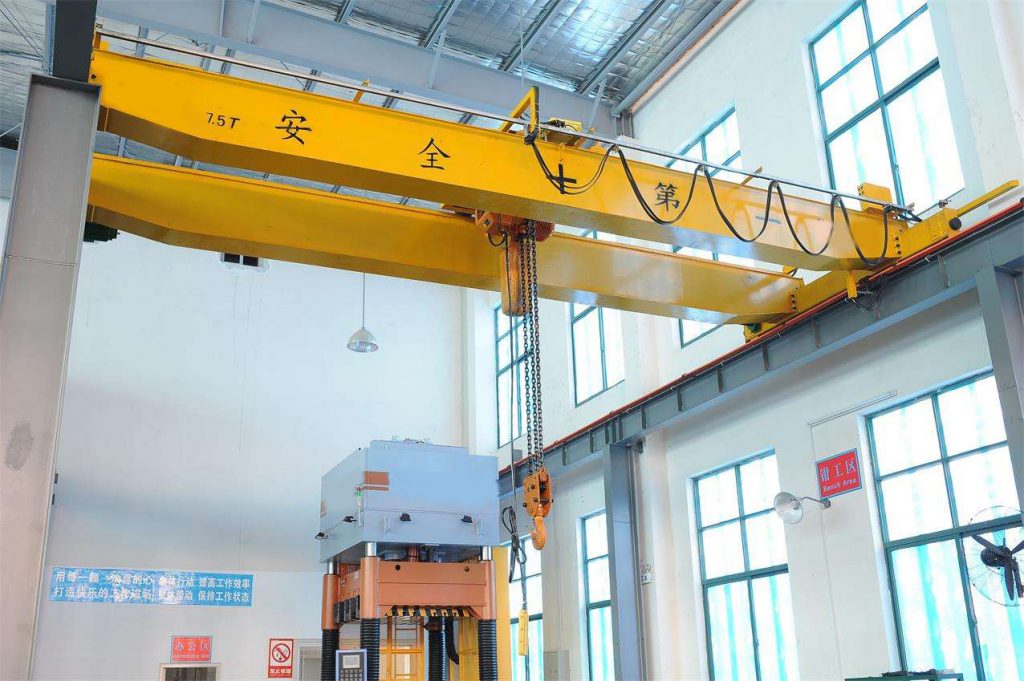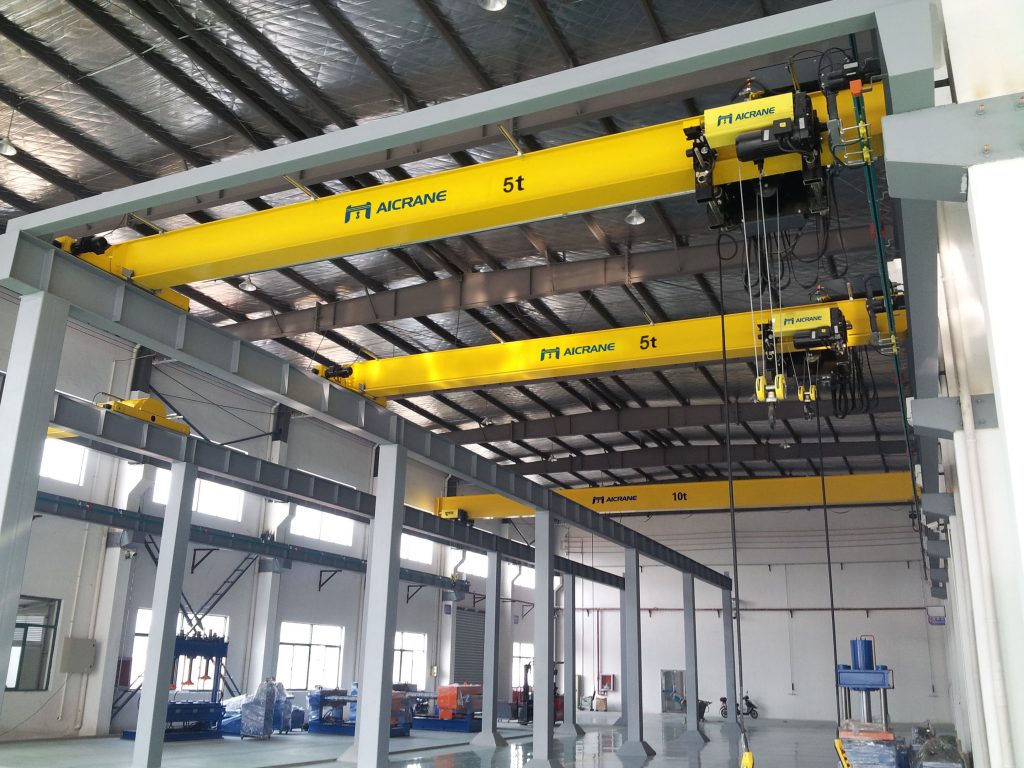Cranes are pivotal pieces of machinery in the industrial and construction world. They have made the work zone way more efficient, especially when it comes to loading and unloading various items. They continuously run transporting loads to where they need to be making them a massive part of the production process. Their enormous contribution in the industrial sector can only mean there’s a catch to it. Here’s a beginners guide to understanding the safety precautions involved when using industrial overhead cranes.

Certified Operation
Security regulations stipulated by the US safety and health administration(OSHA) states that all crane operators must be trained and accredited by a reputable body like the National Commission for the Certification of Crane Operators(NCCCO). Other operator requirements involve them showing proficiency and professionalism when conducting their roles. Any certification acquired by an operator should be renewed, updated, and released upon request. Regardless of how you practice safety measures, if your crane operator is incompetent and unqualified, it really won’t matter in the end. Training and certification ascertain that the crane operators are familiar and aware of the dangers involved in their daily routines helping them avoid accidents as a result.
Pre-operation inspection
It’s never a guarantee that everything is in good working condition, which is why it’s so important to conduct a pre-operation inspection before getting onboard. Industrial overhead cranes(gruas viajeras industriales) work under extreme situations all year round and hence are susceptible to failure if they become too weak or brittle from years of operation. Any defect or crack can turn deadly once the machinery has been switched on. Before starting operations, inspect the brakes, motor, tooling equipment, safety devices, and load-lifting mechanisms, documenting what you find using a logbook.
Abide To Lifting Capacities
These machinery come inscribed with load-lifting capacities stating how much weight the crane can handle. Operators shouldn’t use their experience or instincts to decide whether a load is too heavy or not. Instead, they should compute a safe working load limit and working load for the device. Not following the lifting capacities will have the potential of dropping materials and injuring workers or cause some damage to the load, crane and facilities(grua e instalaciones).
Load testing allows the operators to know precisely how many pounds the overhead crane can withstand. Abiding by the lifting capacities of the equipment will make it easier for you to attach and secure the load safely. The weight limits are there for a reason, so don’t assume anything by pushing the load limit capacity.

Know Hand Signals
These equipment are usually operated in a very chaotic and noisy environment, which makes the use of hand signals important and useful in communicating vital information to other co-workers. These non-verbal signals are imperative for efficient operations.
You should ensure that your employees have read and understood the OSHA handbook to avoid any claims of ignorance. Any silly mistake arising from not following the guidelines may really be disastrous. Even with their functionality levels being so high, workers may be inclined to take safety for granted.
Get an industrial overhead crane with high quality: http://Aicrane.com.mx/